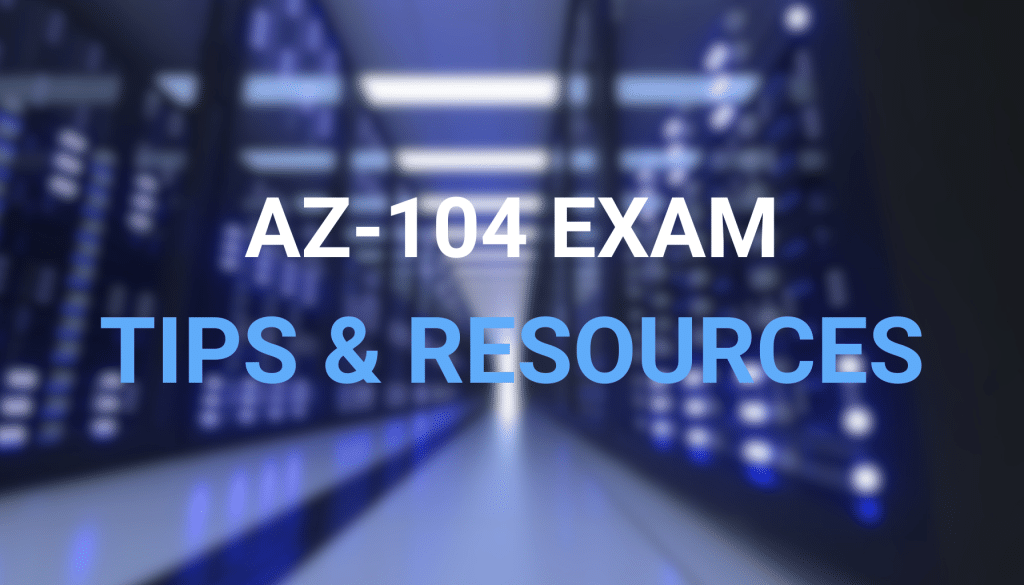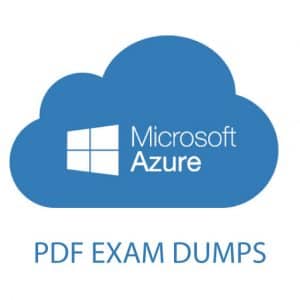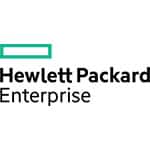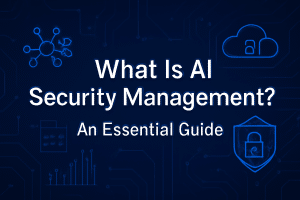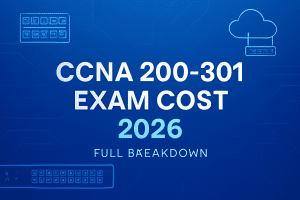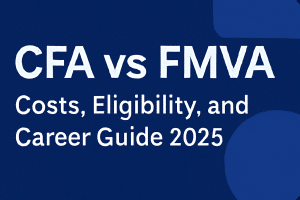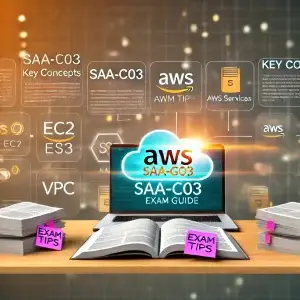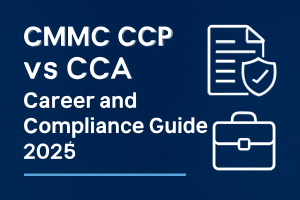Preparing for the AZ-104 exam can seem like a daunting task, given the wide range of Azure services and concepts it covers. As one of the most sought-after certifications for aspiring Azure administrators, it validates technical skills and opens doors to new career opportunities in cloud computing. With so many resources and study materials available, finding the right approach to exam preparation is key to success.
A well-structured study plan, hands-on practice, and learning materials can make the journey more manageable. This guide explores practical tips and proven strategies to confidently help navigate the AZ-104 exam.
What Makes the AZ-104 Exam Challenging and How to Overcome It
The AZ-104 cert isn’t just another test; it’s a solid check of real-world skills. It covers a wide range of Azure services, touching everything from managing identities to monitoring resources. This isn’t about memorizing a bunch of facts, it’s about proving you can actually manage Azure environments the right way.
Why the AZ-104 Exam Feels Tough?
It’s Not Just Theory
Many expect multiple-choice questions that test memory, but the AZ-104 dives deeper. It throws real scenarios at you. Expect case studies and hands-on labs that test how well you can think through problems instead of just recalling answers. This means it’s not enough to skim through study materials, you’ve got to understand how things work in action.
The Scope is Huge
Azure is massive. The exam blueprint covers storage, compute, networking, security, and monitoring. Each area comes with its own set of concepts, commands, and best practices. It’s easy to get lost trying to remember everything at once. Some topics like identity management with Azure AD can seem straightforward until you’re dealing with multi-factor authentication settings or hybrid identities in practice.
Azure Changes Constantly
Azure isn’t static. Features are updated, pricing changes, and new services roll out. What you studied a few months ago might not fully align with what’s on the exam today. Keeping up with the latest changes is a challenge in itself. That’s why relying on outdated material can trip you up.
Time Pressure
It’s not just about knowing the material; it’s about handling the pressure. You get a limited amount of time to answer all the questions, which means managing your time well is crucial. Some questions take longer than others, especially the performance-based ones where you have to configure resources in a simulated Azure portal.
Start with a Solid Study Plan That Works for You
Jumping into AZ-104 prep without a plan can make things harder than they need to be. With so many topics to cover, it’s easy to feel stuck or overwhelmed. A structured study plan helps break things down into smaller, manageable parts and ensures steady progress without last-minute panic.
Breaking Down the Exam Objectives Strategically
The AZ-104 exam covers five major areas, each with a specific percentage weight. Instead of diving in randomly, focusing on the sections that carry the most weight can help get better results with less effort. Here’s how to break it down:
- Manage Azure identities and governance (15-20%)
Start here, since identity management is foundational. Topics like Azure AD, role-based access control (RBAC), and conditional access policies are frequent in real-world scenarios and exams. - Implement and manage storage (15-20%)
Learn about storage accounts, replication options, and securing data. Pay close attention to blob storage and access control settings. Hands-on practice with storage policies will be valuable. - Deploy and manage Azure compute resources (20-25%)
This is a big one. Get comfortable with virtual machines (VMs), scale sets, and container services. Make sure to understand automation options like ARM templates and Azure policies. - Configure and manage virtual networking (25-30%)
Networking is another key area. Focus on VNETs, subnets, NSGs, VPNs, and peering. Networking concepts can be tricky, so spend more time practicing configurations in the Azure portal. - Monitor and maintain Azure resources (10-15%)
Monitoring tools like Azure Monitor, Log Analytics, and setting up alerts can be a bit overwhelming, but learning how to track performance and troubleshoot issues is crucial.
Breaking the content into sections allows better focus and helps track progress. A good approach is to dedicate specific days to each domain and rotate topics to reinforce memory.
You can explore more details about the format, scoring, and common exam trends in our AZ-104 certification key stats and exam insights.
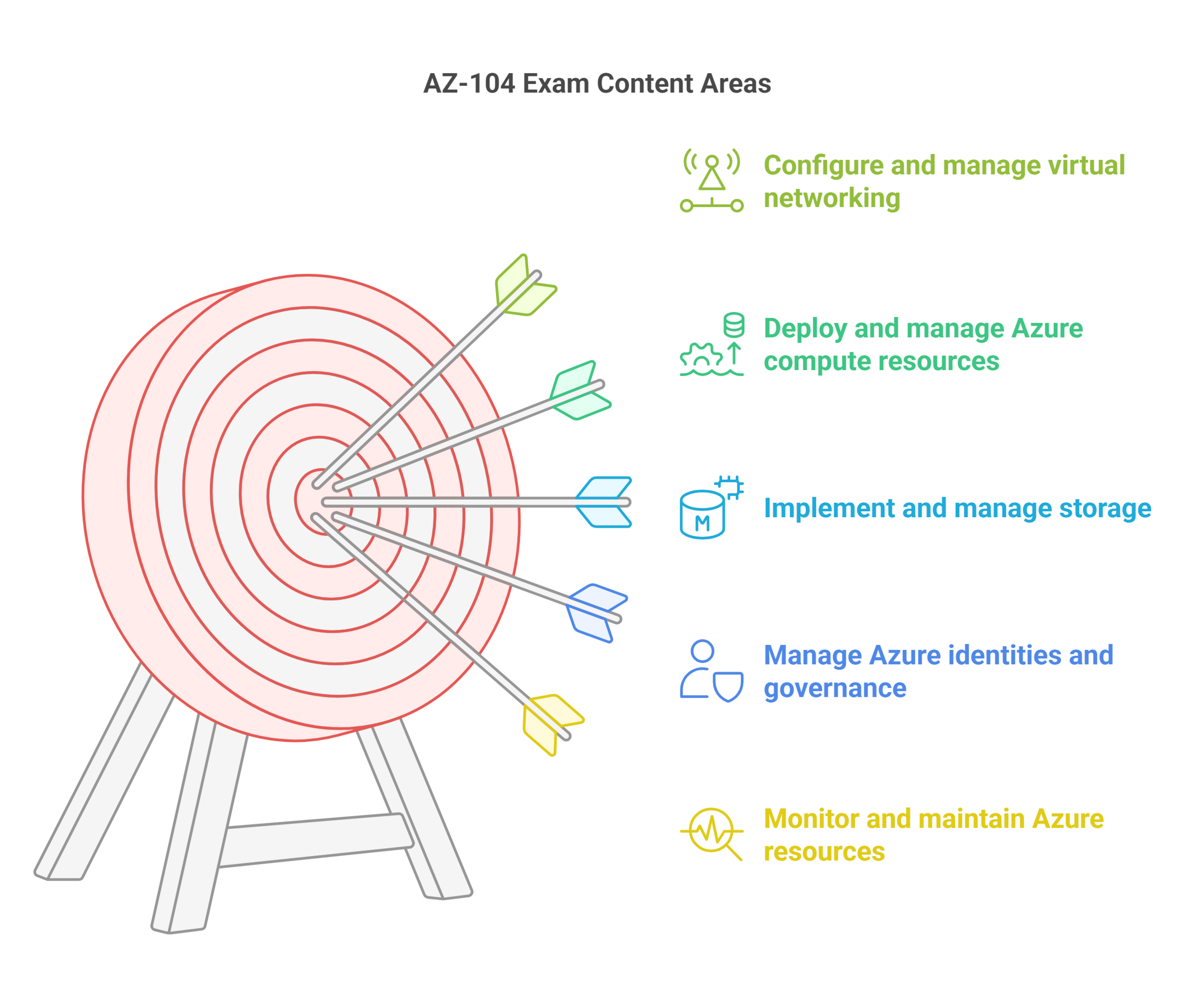
The Best Study Resources That Actually Help
Finding the right study materials for the AZ-104 exam can make all the difference. There’s a lot of content out there, some helpful, some not so much. Choosing the right mix of official and third-party resources is key to building a solid understanding without wasting time on outdated or unnecessary content.
Official Microsoft Learning Paths: Are They Enough?
Microsoft provides free, structured learning paths on their official website, designed to cover all the exam objectives. These materials are great for getting a foundational understanding of Azure concepts and services, but relying on them alone might not be enough to pass the exam.
Pros of Microsoft Learning Paths:
- Directly aligned with the exam objectives.
- Updated regularly to reflect Azure changes.
- Interactive, with hands-on labs (via the Microsoft Learn sandbox).
- Free and accessible to everyone.
Exam Dumps by Cert Empire
Cert Empire is one of the well-known providers of exam dumps, offering a collection of questions that closely resemble those found in actual certification exams, including AZ-104. Many candidates turn to Cert Empire for a structured way to familiarize themselves with the exam pattern and question styles.
By using these dumps as a supplementary tool, test-takers can identify weak areas and focus their study efforts more effectively. Cert Empire provides up-to-date and verified content, which can be beneficial for reinforcing key concepts and improving time management skills during the exam.
Hands-On Practice: Why It’s Non-Negotiable
Studying theory and watching tutorials might help build a foundation, but nothing compares to hands-on experience when preparing for the AZ-104 exam. Azure is a practical platform, and the exam tests how well you can apply concepts in real situations. Whether it’s deploying virtual machines, setting up networking, or configuring storage, being able to navigate the Azure portal confidently and understand the “why” behind each action is crucial.
Many candidates who rely solely on study guides find themselves struggling with performance-based questions that require configuring resources within a time limit. The best way to avoid surprises on exam day is to get as much hands-on exposure as possible.
Setting Up Real-World Scenarios to Master Practical Tasks
One of the best ways to prepare for the AZ-104 exam is by working on real-world scenarios that mimic everyday Azure administrative tasks. Simply knowing how to create a resource isn’t enough; understanding how different services interact and solving issues that arise are key skills that come with experience.
Some useful scenarios for Microsoft Azure Administrator associate to practice include:
- Deploying a Scalable Web App:
- Set up an Azure App Service with auto-scaling enabled.
- Configure a custom domain and secure it with an SSL certificate.
- Link it with an Azure SQL Database and implement monitoring.
- Setting Up a Virtual Network with Subnets and Security:
- Create multiple subnets and apply network security groups (NSGs).
- Implement peering between VNETs across different regions.
- Test connectivity with private IP addressing and VPN gateways.
- Configuring Backup and Disaster Recovery:
- Set up backup policies for virtual machines.
- Test geo-redundant storage for failover scenarios.
- Use Azure Site Recovery to simulate a disaster recovery situation.
Practicing these tasks helps understand dependencies between services and builds confidence in solving problems under pressure.
Labs and Sandbox Environments to Enhance Learning
For those who want more guided practical experience, structured labs and sandbox environments can be a game-changer. These environments provide pre-configured scenarios to practice in a risk-free way, allowing candidates to experiment without affecting live environments.
Benefits of Using Labs
- Step-by-Step Guidance: Ideal for beginners who may struggle with where to start.
- Time-Bound Challenges: Some labs include time limits to simulate exam conditions.
- Instant Feedback: Many labs provide hints and explanations to reinforce learning.
Building Your Own Sandbox
Creating a personal sandbox environment within Azure can be a great way to explore freely. Some tips for setting up a practice environment include:
- Using Resource Groups Wisely – Keep all practice resources in dedicated groups to easily delete them when done.
- Setting Budgets and Alerts – Avoid unexpected charges by setting up spending limits.
- Experimenting with Automation – Use Azure CLI, PowerShell, and ARM templates to practice automating deployments.
Mastering the Core Concepts Without Getting Overwhelmed
Preparing for the AZ-104 exam can feel like there’s too much to handle, but breaking things down into smaller, manageable chunks can make it a lot easier. The key is to focus on what matters most and avoid getting lost in unnecessary details. Sticking to the core areas Compute, Networking, Security, and Storage helps keep things clear without feeling overloaded.
Focusing on Key Areas: Compute, Networking, Security, and Storage
Instead of trying to memorize everything at once, narrowing down study efforts on the key domains can make a big difference. These core areas represent a significant portion of the exam and real-world tasks.
- Compute:
- Know how to deploy and manage Azure Virtual Machines (VMs), configure availability sets, and optimize performance.
- Practice automating VM deployment using ARM templates and Azure CLI.
- Understand Azure App Services and Containers, including scaling options.
- Networking:
- Virtual Networks (VNETs) are central to Azure. Get comfortable with subnetting, NSGs, and peering configurations.
- Load balancers and VPN gateways come up frequently make sure to practice setting them up.
- Hybrid connectivity, such as ExpressRoute and site-to-site VPNs, often trip up candidates, so understanding how they work is crucial.
- Security:
- Focus on managing Azure Active Directory (Azure AD), including roles, groups, and conditional access policies.
- Understand Multi-Factor Authentication (MFA) and Privileged Identity Management (PIM).
- Work with security features like Azure Defender and role-based access control (RBAC).
- Storage:
- Practice with blob storage, file shares, and storage security settings.
- Get familiar with replication types (LRS, ZRS, GRS) and cost implications.
- Work with backup and disaster recovery options using Azure Backup and Site Recovery.
Simplifying Complex Topics with Real-World Examples
It’s easy to get stuck in theory, but using real-world scenarios makes things easier to grasp. For example:
- VM Scaling Example: Imagine a company expecting a spike in traffic during holiday sales, how would you scale VMs effectively?
- Storage Example: Consider a business needing to store customer invoices for 7 years, what’s the best storage option to balance cost and access?
- Networking Example: If remote employees need secure access to resources, which VPN setup would work best?
Applying concepts to real-life situations helps connect the dots and makes learning more practical.
Strategies to Retain and Apply What You Learn
Studying without a strategy can lead to forgetting things quickly. Some techniques to make concepts stick include:
- Teach What You Learn: Explaining a concept to someone else (or even to yourself) reinforces understanding.
- Use Flashcards: Tools like Anki or Quizlet help reinforce key terms and concepts.
- Hands-on Repetition: The more you practice deploying and managing resources in the Azure portal, the better it sticks.
- Take Regular Breaks: Short study sessions with breaks in between keep the brain fresh and prevent burnout.
How to Analyze Practice Test Results to Identify Weak Areas
After taking a practice test, it’s important to go beyond just looking at the score. Analyze each question and identify patterns in mistakes.
- Look for recurring themes in incorrect answers (e.g., struggling with VNET peering or identity management).
- Focus on time-consuming questions to see if there’s a need to improve speed or comprehension.
- Take notes on misunderstood topics and revisit study materials accordingly.
The Right Way to Take Mock Exams Without Burning Out
Taking too many practice tests in a short time can lead to fatigue and frustration. Instead:
- Space them out: Take one test every few days to allow time for review and improvement.
- Simulate real conditions: Set a timer, avoid distractions, and treat practice tests like the real exam.
- Mix different question styles: Work with multiple sources to get exposure to different question formats.
What to Expect After Passing the AZ-104 Exam
Earning the AZ-104 certification is a major milestone for anyone looking to establish themselves as an Azure administrator. But what happens next? Passing the exam isn’t just about adding a credential to your resume, it’s about unlocking new career paths, increasing job prospects, and positioning yourself for growth in the cloud industry. You can learn more about Microsoft AZ-104 Certification exam Key Stats and Exam Insights here: https://certempire.com/az-104-certification-key-stats-and-exam-insights/
Career Opportunities and Growth Prospects
Cloud computing continues to dominate the IT landscape, and Azure is a major player in this space. With an AZ-104 certification, job opportunities open up across various industries, as businesses increasingly rely on Microsoft Azure for their cloud needs. Some roles that align well with this certification include:
- Azure Administrator: Managing cloud infrastructure, monitoring performance, and ensuring security across Azure resources.
- Cloud Support Engineer: Troubleshooting Azure environments and providing technical support for organizations running workloads on Azure.
- DevOps Engineer (entry-level): Working with Azure services to support development and operations teams.
- Systems Administrator: Expanding beyond on-premises roles to include hybrid cloud management.
- Cloud Consultant: Advising businesses on how to optimize their Azure resources and reduce costs.
In addition to opening job doors, the AZ-104 certification often leads to better salary prospects. According to job market trends, certified Azure professionals can expect an average annual salary increase compared to non-certified counterparts.
How to Leverage Your Certification in Job Interviews
Having the cert is great, but knowing how to showcase it effectively is even better. Employers look for more than just credentials, they want proof of hands-on experience and problem-solving skills. Here’s how to make the most of your certification in job interviews:
- Highlight real-world experience: Share stories of how you’ve used Azure to solve specific problems or optimize environments in practical settings. Even if experience comes from labs, describe it in terms of business value.
- Demonstrate problem-solving skills: Be prepared to answer scenario-based questions during interviews. Employers may ask how you’d handle issues related to cost management, security, or performance tuning.
- Show continuous learning: Azure evolves rapidly, so highlight your commitment to staying updated by mentioning any ongoing learning efforts or advanced certifications you’re pursuing.
- Include your cert in your LinkedIn profile: Recruiters frequently search for Azure-certified professionals on LinkedIn, so ensure your profile reflects your new skills.
For a deeper look at industry demand, salary benchmarks, and career progression, check out our guide on job roles and financial trends for AZ-104.
Planning Your Next Steps in the Azure Certification Path
AZ-104 is an excellent starting point, but it’s just the beginning. Depending on career goals, consider advancing to specialized Azure certifications that build on your administrator skills. Some possible next steps include:
- AZ-305: Microsoft Certified: Azure Solutions Architect Expert
If you want to move into architectural roles, this cert builds on your administrative knowledge and dives deeper into designing Azure solutions. - AZ-400: Microsoft Certified: DevOps Engineer Expert
Interested in automation and continuous deployment? This certification focuses on using Azure DevOps tools to streamline operations. - Specialty Certifications (e.g., AZ-500 for Security, AZ-700 for Networking)
Specializing in areas like security or networking can set you apart in the job market and offer opportunities to work on complex cloud environments. - Consider learning complementary skills like Terraform or Kubernetes
Azure administrators often benefit from knowledge of infrastructure-as-code tools and container orchestration platforms.
Keeping an eye on Microsoft’s certification roadmap helps identify new certs that align with career aspirations.
If you’re torn between moving deeper into administration or shifting toward development, our comparison of AZ-104 vs AZ-204 highlights the differences to help you decide the right path.
FAQs: Addressing Common Concerns About the AZ-104 Exam
Here are some common questions candidates often have before, during, and after the exam:
How hard is the AZ-104 exam compared to other Azure certifications?
AZ-104 is considered an intermediate-level exam. It’s more challenging than the AZ-900 (Fundamentals) but easier than expert-level exams like AZ-305. Expect questions that require hands-on experience and deep understanding of core Azure services.
What is the passing score, and how is the exam scored?
The passing score for the AZ-104 exam is 700 out of 1000. Questions are weighted differently, and there’s no penalty for wrong answers. Some sections may carry more weight than others based on their complexity.
Can I take the exam online, or is an in-person test better?
You can take the AZ-104 exam either online via Pearson VUE or at a testing center. Online exams offer flexibility, but they require a quiet environment and stable internet. In-person exams provide fewer technical issues but require travel to the test center. Choose based on what suits your setup best.
How often should I revisit topics I’ve already studied?
Regular review is key. Revisiting topics weekly, especially through hands-on labs and practice tests, helps reinforce learning and identify weak areas. Spacing out revision sessions improves retention compared to last-minute cramming.
Does practical experience outweigh theoretical study?
Yes, practical experience is crucial. Many candidates who rely solely on theoretical study struggle with performance-based questions. Hands-on labs, real-world projects, and simulated environments provide a deeper understanding of Azure services.
What if I fail the exam? How soon can I retake it?
If you fail, you can retake the exam after 24 hours. However, for subsequent attempts, a 14-day waiting period applies. Analyzing weak areas before scheduling a retake is recommended to avoid repeated failures.

